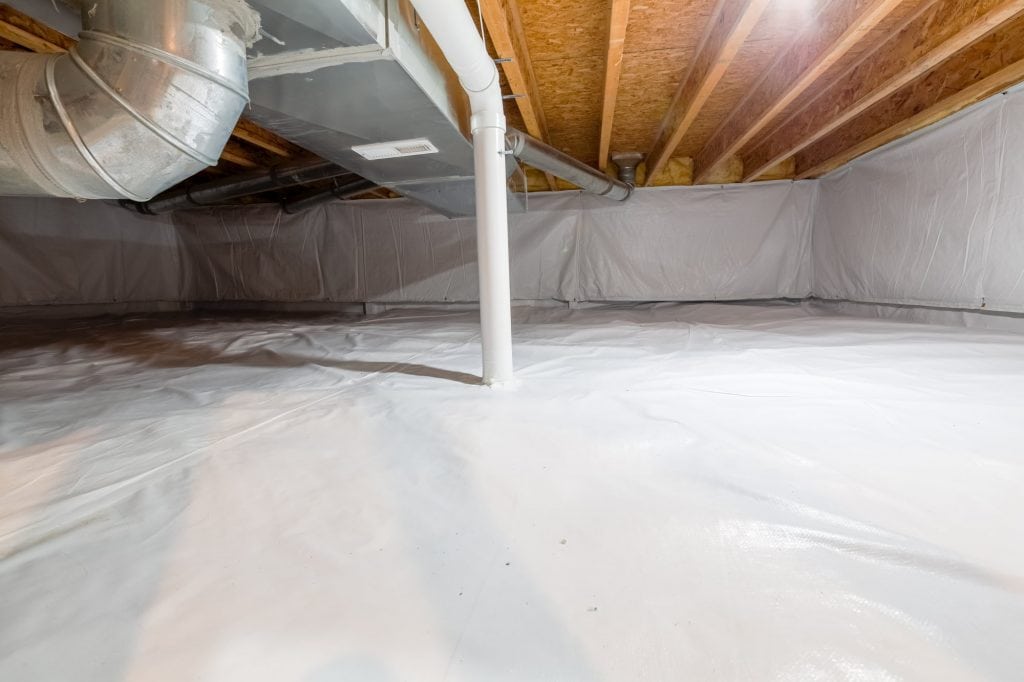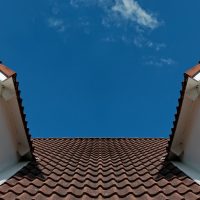Crawlspaces are often the unsung heroes of our homes, quietly providing foundational support and a hidden hub for utilities. They are crucial for the structural integrity of residential buildings and the indoor air quality of our living spaces.
Yet, crawlspaces can often be overlooked when it comes to regular maintenance. However, keeping your crawlspace in top condition is vital for your home’s long-term health and safety. That being said, this guide will provide you with everything you need to know about properly maintaining your crawlspace.
The Importance of Crawlspace Maintenance
In the United States, especially in the southeastern and continental areas, crawlspace foundations are prevalent. These narrow spaces, usually with dirt floors or concrete slabs, act as a protective barrier against excess moisture and harmful gases like carbon monoxide that can seep from the ground surface. They also provide unrestricted access to plumbing, electrical systems, and other utilities.
Regular crawlspace maintenance is important for various reasons. First, it helps preserve your home’s structural integrity by preventing moisture buildup and ensuring proper air circulation. A dry, well-ventilated crawlspace helps to keep floor joists and foundation walls, often made from materials like cinder blocks or concrete, from rotting or cracking due to excessive moisture.
Preparatory Steps of Crawlspace Maintenance
Before you head into the crawlspace, gather the necessary tools. This might include a flashlight, gloves, a face mask, and a moisture meter. Ensure personal safety measures are in place, such as wearing proper protective clothing and making sure someone knows you’re entering the space.
Inspecting the Crawlspace
With the area prepped and your tools in hand, it’s time to inspect the crawlspace. Start by looking for signs of water damage or leaks. Examine the walls, especially the block walls or concrete slab foundation, for any moisture-related issues. Use a moisture meter to check the dampness level of the ground and walls. Excess moisture in the crawlspace can lead to many problems, including mold growth, mildew growth, or floor failure.
Cleaning the Crawlspace
After inspection, cleaning the crawlspace is the next step. Start by removing debris and organic matter. This includes fallen leaves, dead insects, or other waste that might attract pests or promote mold growth.
Clear away mold and mildew using appropriate cleaning solutions and tools. Remember, mold and mildew not only compromise the indoor air quality but can also damage the materials in your crawlspace over time.
Repairing and Sealing
Repairing cracks and gaps in the foundation walls is crucial in maintaining your crawlspace. These flaws, often found in cinder blocks or concrete slab foundations, can let in unwanted moisture, exacerbating moisture-related issues in the crawlspace. Use high-quality, durable materials designed for such repairs to ensure long-lasting results.
Controlling Moisture
Controlling moisture is paramount when maintaining your crawlspace. Start by addressing any standing water or drainage issues. This may involve repairing or installing French drains or rain gutters to ensure rain drainage away from your home’s foundation.
Installing or repairing sump pumps can also help manage moisture levels. A well-functioning sump pump can quickly remove excess water and prevent it from accumulating.
Pest Prevention
Preventing pest infestations is another key aspect of crawlspace maintenance. Begin by sealing all potential entry points to prevent pests like rodents, insects, or snakes from accessing the crawlspace.
Installing screens or barriers on crawlspace vents and other openings can also keep pests out while allowing for proper ventilation.
Use pest control methods that are appropriate for your crawlspace and its conditions. This might include traps, baits, or professional pest control services.
Enhancing Ventilation
A well-ventilated crawlspace improves indoor air quality and helps control moisture levels. Regularly check and clean your existing vents to ensure unrestricted airflow.
Consider installing additional vents if your crawlspace needs to be better ventilated. This can help balance airflow and facilitate cross-ventilation, which is crucial for keeping the area dry and preventing the buildup of harmful gasses.
Insulation Maintenance
Evaluate the condition of your insulation regularly. Damaged or insufficient insulation can result in significant energy loss and affect the comfort levels of your living spaces.
Adding or replacing insulation as necessary can improve your home’s energy efficiency. When installing new insulation, ensure that it is correctly fitted and covers all necessary areas, including the floor joists.
Properly installing vapor barriers is equally important. They should be appropriately secured and overlap correctly to prevent moisture from seeping in.
Regular Maintenance Schedule
Establishing a regular maintenance schedule for your crawlspace is essential. Regular inspections can help identify potential issues early, saving you from costly future repairs.
Plan for seasonal maintenance tasks. This might involve checking for insulation damage before winter or inspecting for water leaks after the rainy season.
Finally, document all maintenance activities and observations. This record can help you track the health of your crawlspace over time and plan preventive measures accordingly.
Key Takeaways
Crawlspace maintenance is vital for the overall health and structural integrity of your home. Keeping the space clean, dry, well-insulated, and ventilated can improve your home’s energy efficiency and indoor air quality and prevent potential issues like water damage, pest infestations, and structural failures.
By implementing the steps outlined in this guide, you can effectively maintain your crawlspace and enhance the comfort and longevity of your home. If you’re considering buying or selling a property, reach out to an eXp real estate agent. And, to get daily or weekly alerts for new property listings directly in your inbox, signing up with us today.
FAQs: Crawlspace
Here are some of the most frequently asked questions about how to properly maintain your crawlspace.
What is the purpose of a crawlspace?
A crawlspace provides access to plumbing, electrical systems, and HVAC units beneath the home. It also helps in insulation and protects the home from ground moisture.
Is a house with a crawlspace good?
Yes, a house with a well-maintained crawl space can provide effective insulation, improved air quality, and easy access for maintenance and repairs.
Why crawlspace instead of basement?
Crawl spaces are less expensive to build than basements and can offer similar benefits, such as access to home utilities. However, they require regular maintenance to prevent moisture buildup and pest infestations.
What is in a crawlspace?
Typically, crawlspaces house the home’s utilities, including plumbing, electrical wiring, and HVAC units. Crawl space insulation is also common and they tend to have a vapor barrier installed.
Does crawlspace affect home value?
A well-maintained crawl space can increase a home’s value by preventing structural damage, improving energy efficiency, and enhancing indoor air quality.
Do crawlspaces attract bugs?
Crawlspaces can attract pests if they are not properly sealed and maintained. Regular pest control measures can help keep these pests at bay.
Should you clean crawlspace?
Regularly cleaning your crawlspace can prevent the buildup of dust, mold, and pests, contributing to a healthier and safer home environment.
Which is better house on slab or crawlspace?
Both options have their benefits. A slab is less expensive to build and doesn’t attract pests, while a crawlspace provides access for maintenance and repairs and offers good insulation.
How do you maintain a crawl space?
Crawlspace maintenance involves regular inspections, cleaning, controlling moisture, pest prevention, enhancing ventilation, maintaining insulation, and sealing any cracks or gaps in the foundation.
Can you walk in a crawlspace?
Most crawlspaces are too narrow to walk in, but you can crawl or slide through the space for inspections or maintenance. Always ensure you have the right protective gear when entering a crawlspace.







